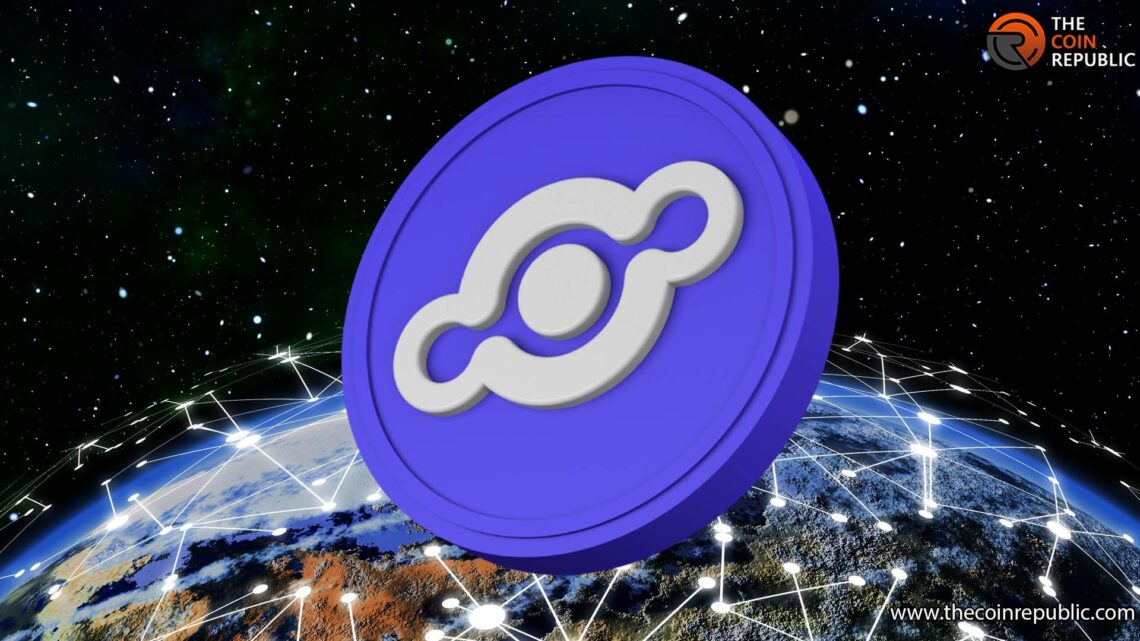- In this article, we are going to discuss everything about a Helium miner and its working.
Helium miners provide the Helium network wireless network coverage by using specially designed hardware known as hotspots. By creating a WHIP complaint hotspot and staking a token placed correlated to the fortune of other miners working in that very area, users become miners on the Helium network.
Talking about the blockchain protocol, the Helium Wireless protocol is known as WHIP, a web of independent providers instead of a single supervisor that provides a two-way data transfer process between wireless devices and the internet. The duty of proving to hotspots that device data was sent to the purposive location and that the miner should be reimbursed for their functions falls on internet apps that purchase encoded device data from miners known as routers.
The working of Helium Mining
For Helium mining, Radio wave technology is used rather than CPUs or ASICs. Other than that, blockchain technology is utilized to make a wireless network that is much more trustworthy than the network offered by settled wireless service providers. Helium hotspots or miners offer long-range wireless coverage by a particular device known as LoRaWaN transmitters.
Now, the question arises that how to make a Helium token in return?
The answer to this question is by mining and growing the people’s network’s coverage with appropriate hotspots, miners can make Helium tokens in return. The amount of reward corresponds with the data an individual miner will move. The money here is directly proportional to the transfer of device data.
Also, the network naturally and arbitrarily allots proof-of-coverage tests to confirm the place of hotspots. Hotspots get instructions and commands from validators to deal payloads to any close hotspots for monitoring and confirmation to be a part of PoC. These problems are also known as beacons. Although they can also mine Helium tokens for the transfer of data and can not verify the beacons, HNT hotspot miners who do not have neighbors are not paid well.
Furthermore, each consistent device requires data credits (DCs) to provide data on the internet. DCs are made by burning HNT to reach a burn and mint equilibrium (BME), which minimizes the total supply of HNT. The BME model utilizes tokens as an exclusive form of payment, but clients who want to utilize a service don’t directly pay a coordinate. Rather than that, they prefer to burn tokens.

Andrew is a blockchain developer who developed his interest in cryptocurrencies while pursuing his post-graduation major in blockchain development. He is a keen observer of details and shares his passion for writing, along with coding. His backend knowledge about blockchain helps him give a unique perspective to his writing skills, and a reliable craft at explaining the concepts such as blockchain programming, languages and token minting. He also frequently shares technical details and performance indicators of ICOs and IDOs.


 Home
Home News
News










